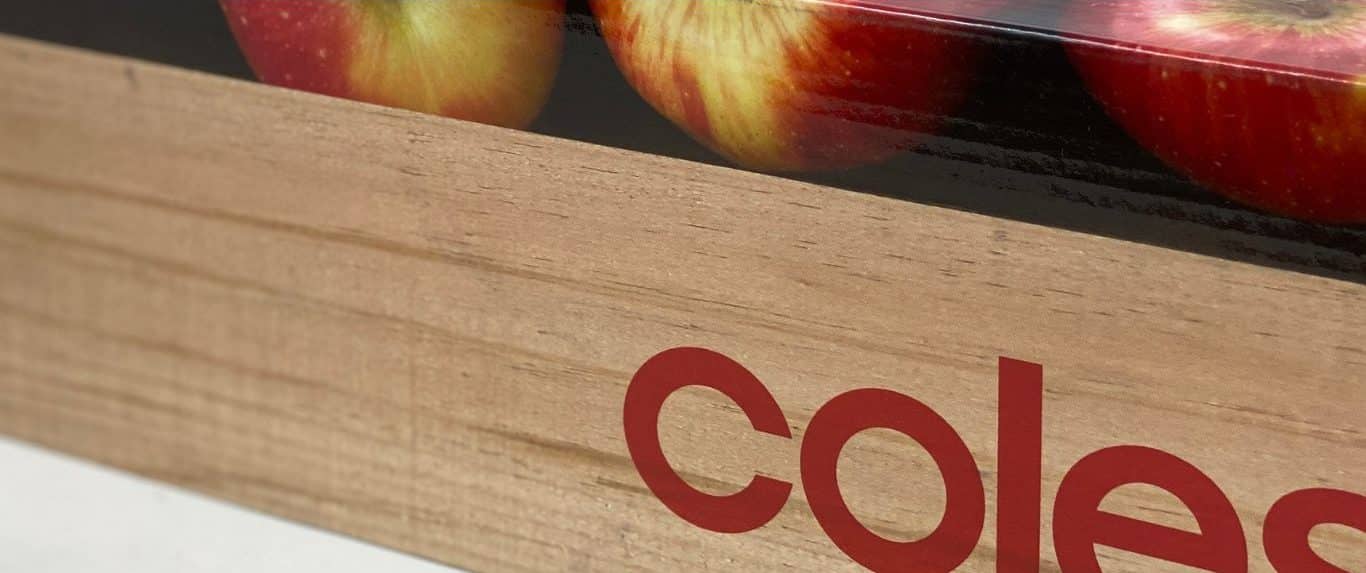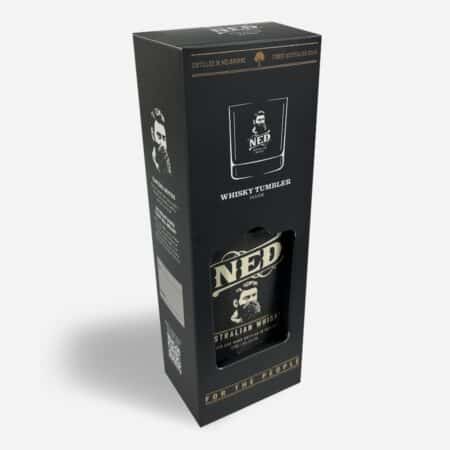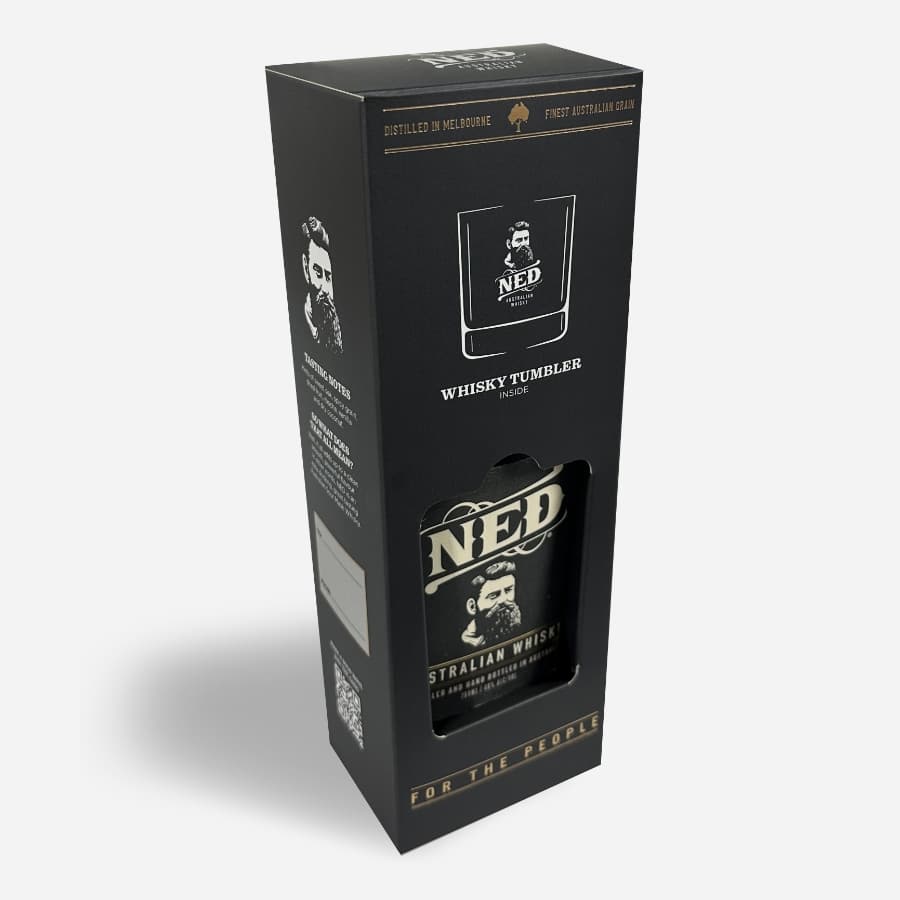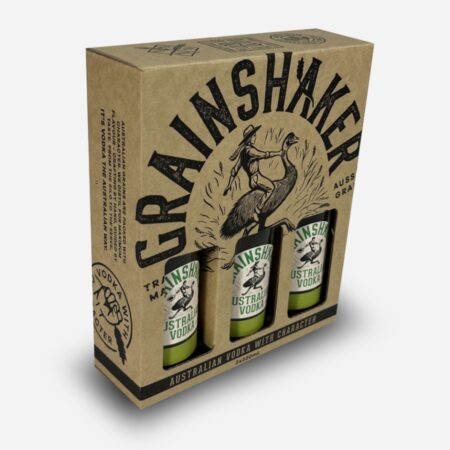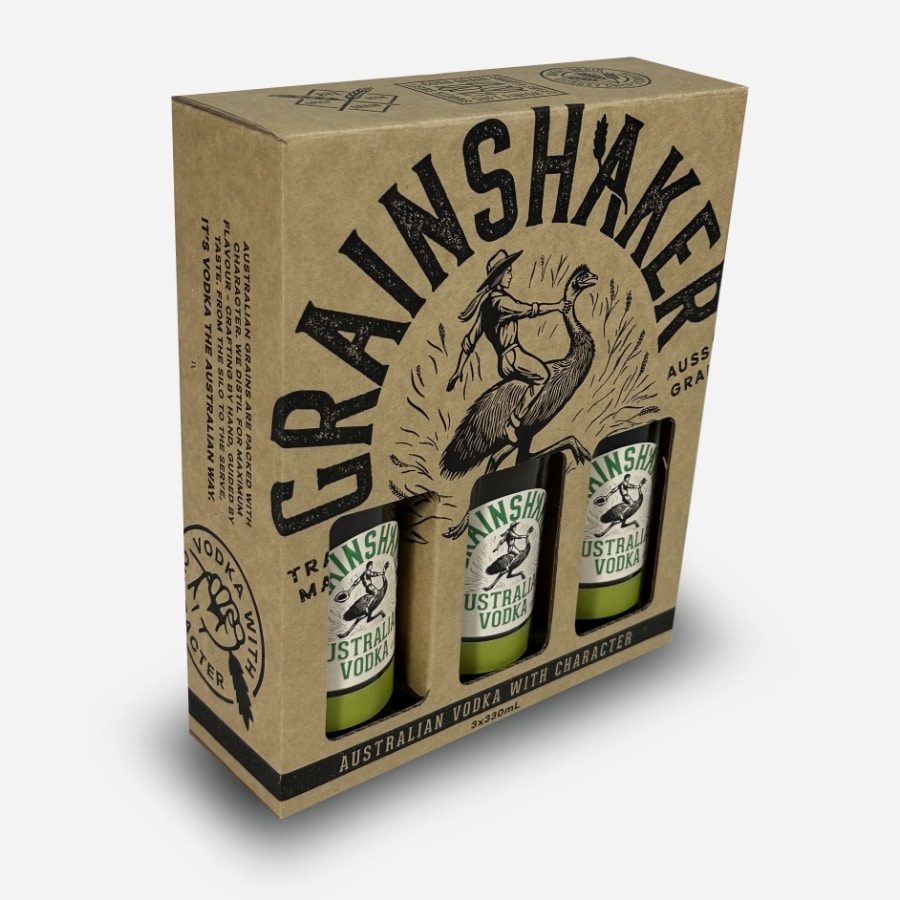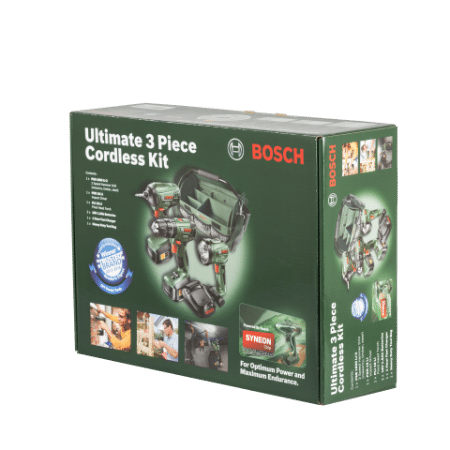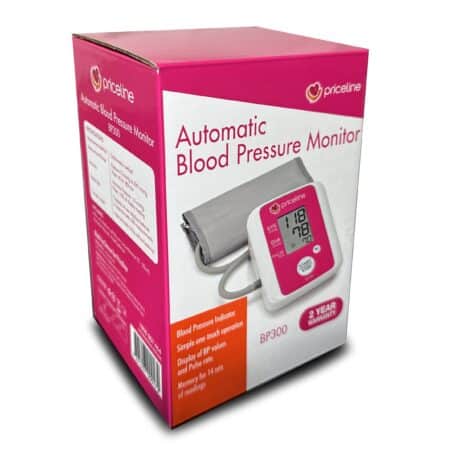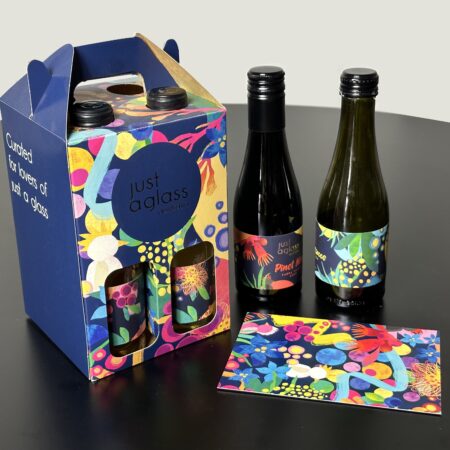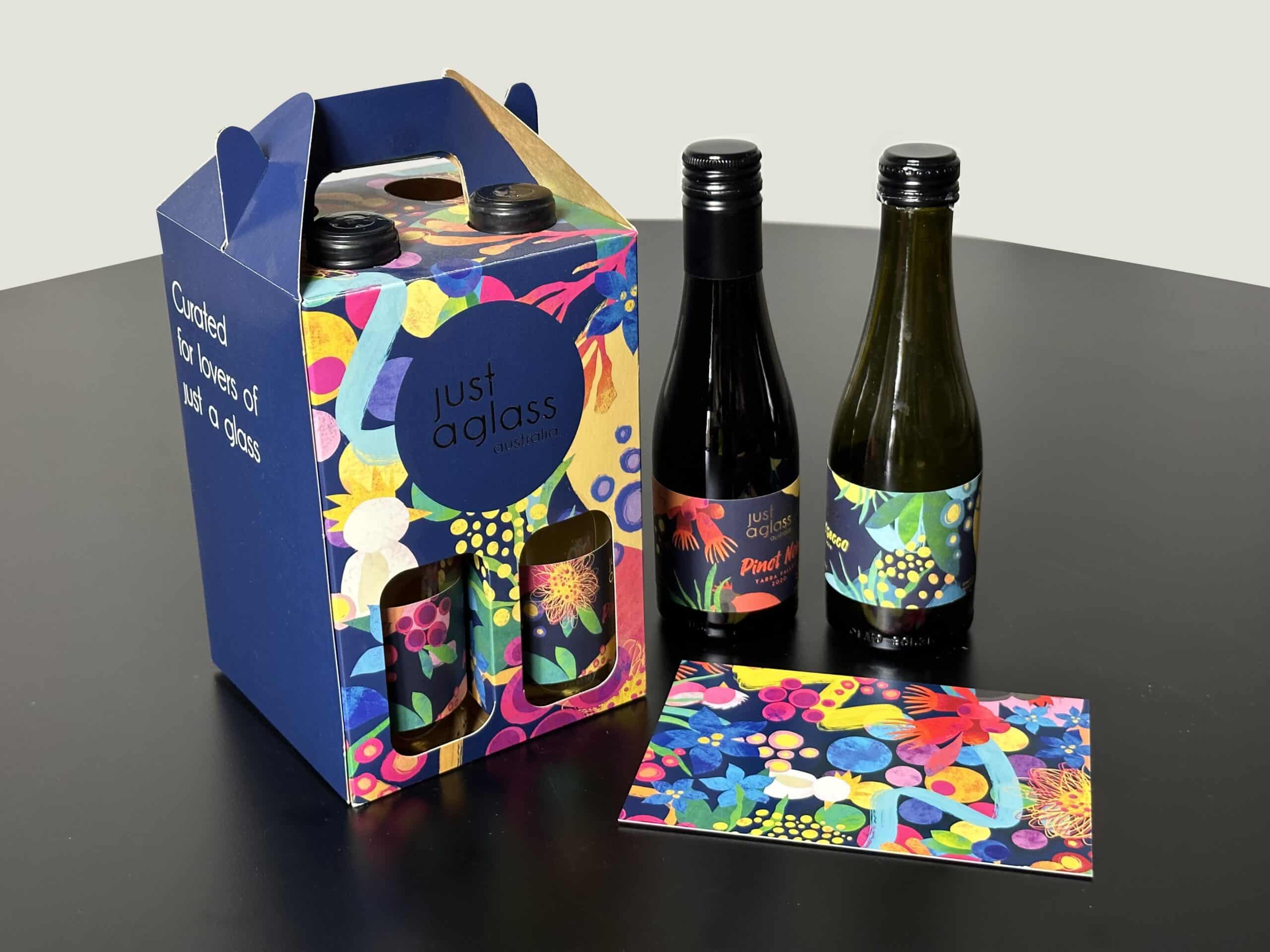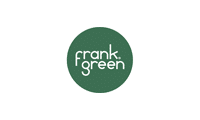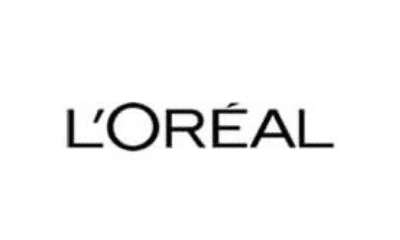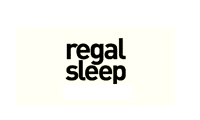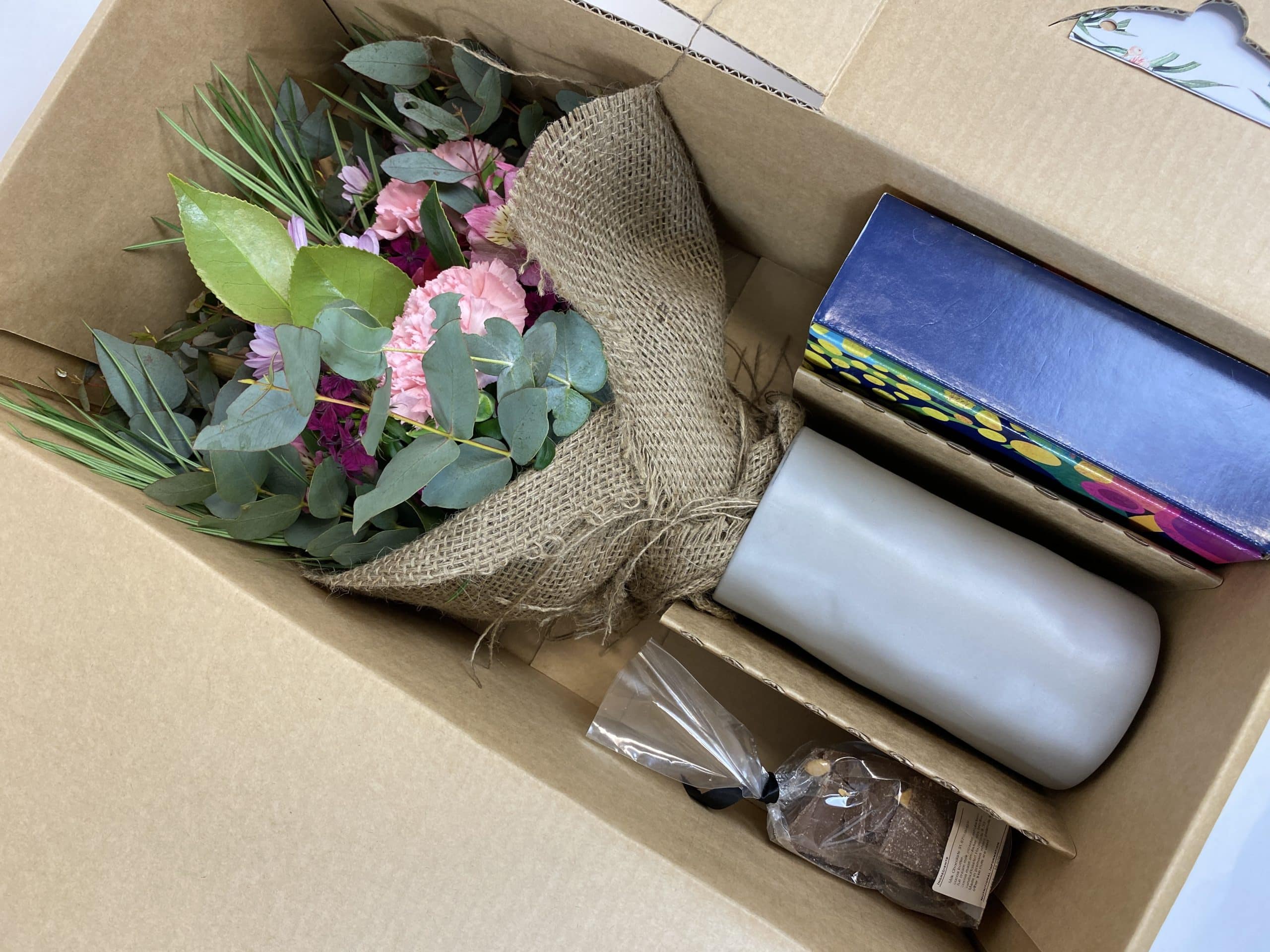
When it comes to FMCG packaging, the success of the design is determined by many different factors. Such as – does it communicate your brand story clearly to your target audience? Or can it be easily mass-produced and still be cost-effective? Or is it efficient for the handling teams to assemble and stack on the shelves?
At PPI, our team of packaging design and production experts has helped many FMCG businesses, dominate the shelves and grab customer’s attention at shopping marts.
If you are looking to upgrade the packaging for your FMCG goods – you have come to the right place. Connect with us today to find out how we can help you enhance the shelf presence and presentation of your FMCG goods.
Why is FMCG Packaging Important?
The market for FMCG products is competitive and often overpopulated in the case of some categories. These products are mostly mass-produced and have a high turnover but have a lower, more affordable price point.
FMCG businesses, to stick out in crowded shelves of the same or similar products must have attractive packaging that quickly grabs the attention of their consumer.
Font, color, material, copy and other elements of the packaging design are all used to communicate the brand story and with the customers. Therefore, it’s essential that your key messaging is obvious from the first instance, as well as resonates with your target audience.
When the packaging is successful in depicting the characteristics of the brand, which are carefully selected to align with the kind of customer being targeted – it triggers brand recognition, relatability, trust and ultimately, purchase behavior amongst consumers.
How to Develop FMCG Packaging That Wins?
For businesses that sell through third-party retailers such as supermarkets and department stores, packaging is an essential tool for marketing the product and initiating sales amongst the store strollers.
Whether it is the seasonal special or everyday packaging, whether you are creating new packaging for your products or simply uplifting the current packaging – it must meet a simple yet effective criteria to attract shoppers and sales.
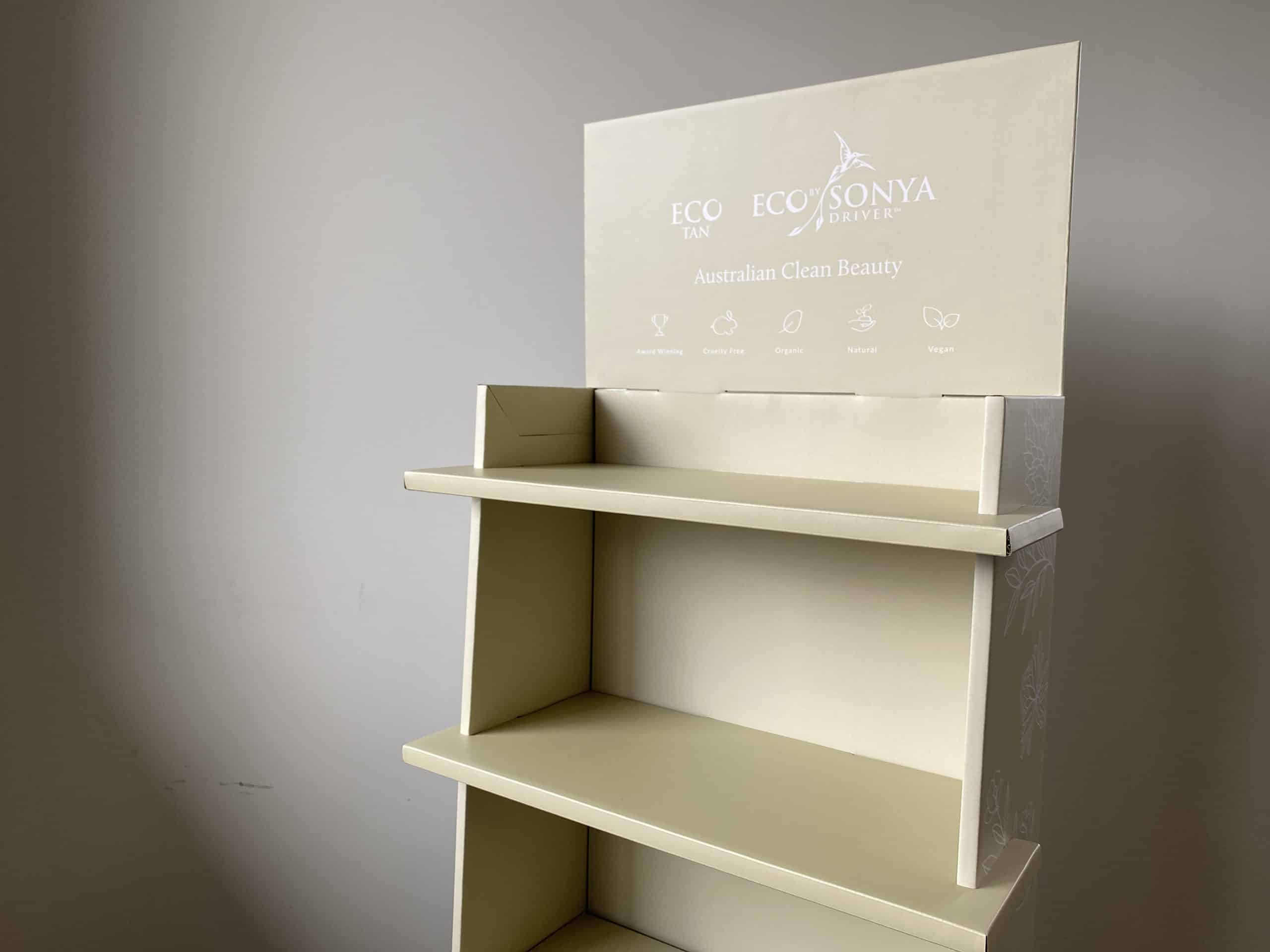
Clear, Concise & Consistent Messaging
The messaging on your packaging must be clear, concise, and consistent with your branding. The easier it is to understand and remember, the more likely it is for the consumer to form a relationship with your brand by making repeated purchases.
Consistency, on the other hand, helps in winning the trust of the consumers. As a viewer of all your marketing, the repetition of key (branded) messaging across channels legitimizes your brand, business and claims to the consumers.
Customers are spoiled for choices while strolling through the aisle of similar products, this gives FMCG product companies less than 5 seconds to capture the interest of a consumer. Therefore, to use your packaging to its utmost potential – the brand and product efficiencies must be presented to the customer in an easy and quick-to-comprehend manner.
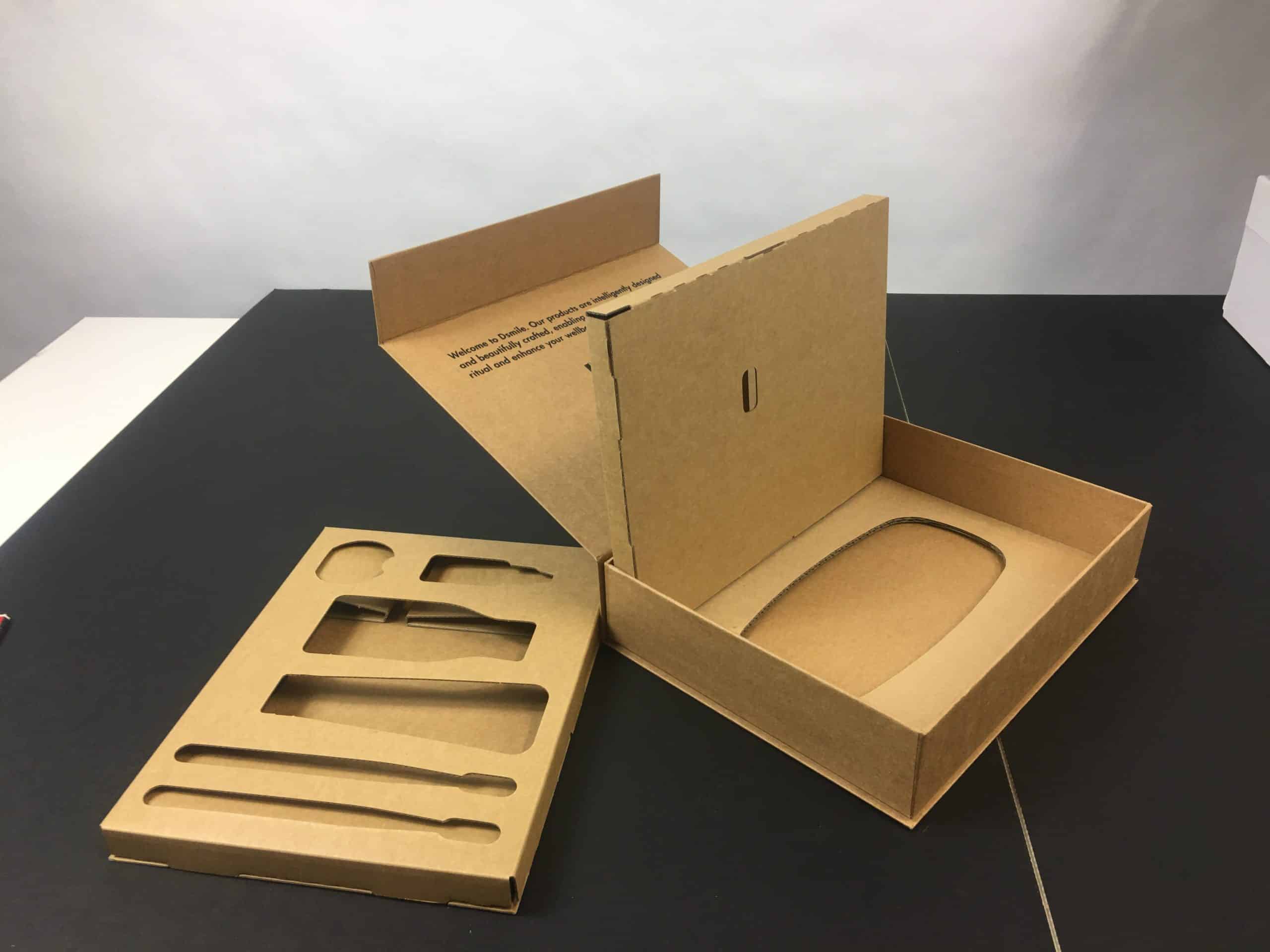
Design Functionalities
Brands competing within a category of FMCG products try hard to maintain their pricing in the same range as the competitors since it’s a primary factor for most consumers.
If your packaging is easy to assemble and shock-resistant, it will save you massively in costs relating to handling time and damages. It will further ensure that you can keep at pace with the high turnover for FMCG products.
A complex packaging design will not only cause internal delays but might also be difficult for the customer to maneuver. Thus, impacting their purchase decisions moving forward.
Study packaging will further ensure customer satisfaction by keeping the product safe and damage-free until it’s ready for use.
Thus, packaging design for FMCG products plays a huge role across multiple parameters, in maintaining costs and brand image.
Some Quick Tips
- Product protection is of utmost importance, but it is not enough.
- Your packaging talks to the consumers before the product can prove itself – make sure it connects to your target audience. Visual appeal & information transparency are important factors.
- Avoid information overload – packaging cramped with information is overwhelming and unattractive for the customers. Find a way to communicate more with less.

